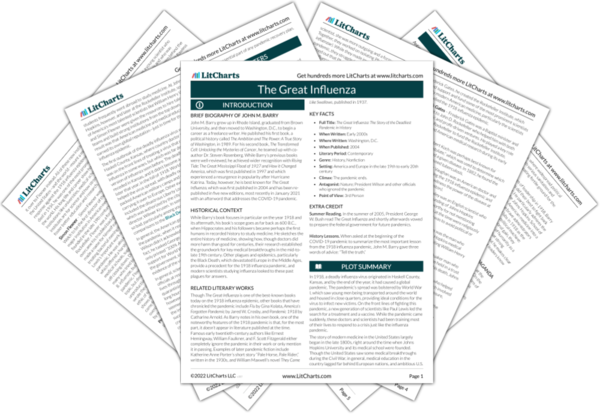This passage highlights how change often happens slowly, particularly when it’s a change as large as the medical revolution that would eventually happen at Johns Hopkins University. Even Welch, who had a global reputation at this point, struggled at first to get the financial and institutional backing he needed to prosper.
